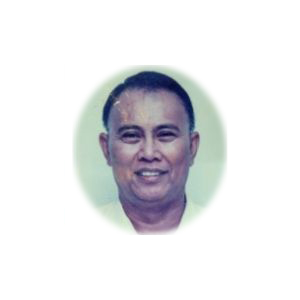A few months back before the CoViD 19 pandemic this headline: “BOC, BIR to run after cigarette counterfeiters “ bannered in a local paper.
That is why they have never succeeded in stopping counterfeit cigarettes from flooding the markets resulting to huge losses in government revenues.
Yes, for as long as they just keep running after and not overtake the counterfeiters, they can never stop them. Why, can they stop them from behind?
********************
Months back we bumped into an official of the Nikkei Jin Kai School Calinan campus that oversees the Philippine Nikkei Jin Kai Philippine-Japan Historical Museum. Actually we developed a keen interest in that museum because it is from there that we learned a lot about the pre-war Davao and the role of the Japanese in the evolution of the Davao society to what it is today.
We came to the Davao City from Cebu towards the 80s.
The Nikkei Jin Kai school executive we ran into was Mrs. Carmen Apigo, school principal. She told us of the vast improvement of the museum services after its renovation funded by the Japanese government. We were happy to learn of the development.
Mrs. Apigo was the one who told us that the museum is “the reminder for Davaoenos to the era before the 2nd World War, when the early Japanese immigrants and Filipinos were living together harmoniously in Davao for forty years.”
The Philippine Nikkei Jin Kai museum and school are located some 500 meters interior of the Davao-Bukidnon Highway.
As years went by not only surviving relatives of Japanese migrants have been lured to visit the museum to take a look at what their forefathers have done in this part of the Philippines and how they live together with the Davaoenos. Filipinos too, both the Davao locals and from other parts of the country have been regularly trooping to the museum in their desire to know what it was in Davao when Japanese and Filipinos worked together to form the backbone of the city’s economy.
The Nikkei Jin Kai museum in Calinan with all the pre-war artifacts that have survived the test of time, and the chronicles done in still photos and manuscripts easily bring back every visitor to the era that saw a different kind of kinship among two peoples with highly diverse cultures.
How the Filipinos and the Japanese migrants assimilated these cultures is very well documented through the many items and documentary pieces displayed at the museum for every visitor to appreciate.
Today, after decades since its inception through the initiative of Mr. Masataka Ajiro and Mr. Tatsuo Uchida who convinced officials of the Japan-Philippines Volunteer Association, Inc., and the Tokyo Musashino Lions Club to help establish the historical facility, the Philippine Nikkei Jin Jai Museum is upgraded to be responsive to the expectation of the growing number of people both from Japan and other areas in the Philippines, and even from the United States and Europe visiting the place.

